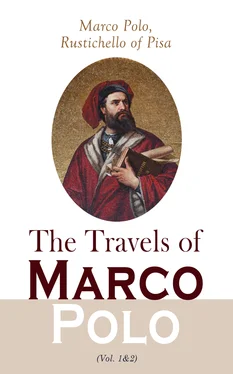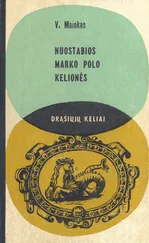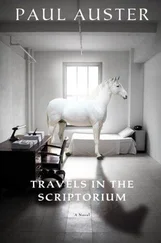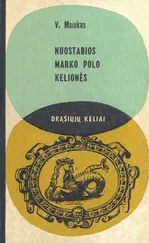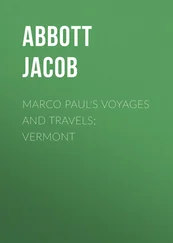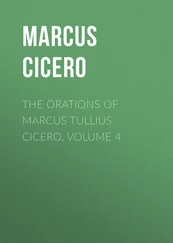( Tavern. Bk. III. ch. iii.; J. R. G. S. X. 897; Pereg. Quat. p. 179; Khanikoff , 15; Moorcroft , II. 382; J. R. G. S. III. 40 seqq.)
Ramusio has: "In this province there is a fine city called TIFLIS, and round about it are many castles and walled villages. It is inhabited by Christians, Armenians, Georgians, and some Saracens and Jews, but not many."
NOTE 7.—The name assigned by Marco to the Caspian, "Mer de Gheluchelan" or "Ghelachelan," has puzzled commentators. I have no doubt that the interpretation adopted above is the correct one. I suppose that Marco said that the sea was called "La Mer de Ghel ou (de) Ghelan," a name taken from the districts of the ancient Gelae on its south-western shores, called indifferently Gíl or Gílán , just as many other regions of Asia have like duplicate titles (singular and plural), arising, I suppose, from the change of a gentile into a local name. Such are Lár, Lárán, Khutl, Khutlán, etc., a class to which Badakhshán, Wakhán, Shaghnán, Mungán, Chág-hanián, possibly Bámián, and many others have formerly belonged, as the adjectives in some cases surviving, Badakhshi, Shaghni, Wákhi , etc., show[2] The change exemplified in the induration of these gentile plurals into local singulars is everywhere traced in the passage from earlier to later geography. The old Indian geographical lists, such as are preserved in the Puránas, and in Pliny's extracts from Megasthenes, are, in the main, lists of peoples , not of provinces, and even where the real name seems to be local a gentile form is often given. So also Tochari and Sogdi are replaced by Tokháristán and Sughd ; the Veneti and Taurini by Venice and Turin; the Remi and the Parisii , by Rheims and Paris; East-Saxons and South-Saxons by Essex and Sussex; not to mention the countless -ings that mark the tribal settlement of the Saxons in Britain.
Abulfeda, speaking of this territory, uses exactly Polo's phrase, saying that the districts in question are properly called Kíl-o-Kílán , but by the Arabs Jíl-o-Jílán . Teixeira gives the Persian name of the sea as Darya Ghiláni . (See Abulf. in Büsching , v. 329.)
[The province of Gíl (Gílán), which is situated between the mountains and the Caspian Sea, and between the provinces of Azerbaíján and Mazandéran (H. C.)], gave name to the silk for which it was and is still famous, mentioned as Ghelle ( Gílí ) at the end of this chapter. This Seta Ghella is mentioned also by Pegolotti (pp. 212, 238, 301), and by Uzzano, with an odd transposition, as Seta Leggi , along with Seta Masandroni , i.e. from the adjoining province of Mazanderán (p. 192). May not the Spanish Geliz , "a silk-dealer," which seems to have been a puzzle to etymologists, be connected with this? (See Dosy and Engelmann , 2nd ed. p. 275.) [Prof. F. de Filippi ( Viaggo in Persia nel 1862, … Milan, 1865, 8vo) speaks of the silk industry of Ghílán (pp. 295–296) as the principal product of the entire province.—H. C]
The dimensions assigned to the Caspian in the text would be very correct if length were meant, but the Geog. Text with the same figure specifies circuit ( zire ). Ramusio again has "a circuit of 2800 miles." Possibly the original reading was 2700; but this would be in excess.
NOTE 8.—The Caspian is termed by Vincent of Beauvais Mare Seruanicum , the Sea of Shirwan, another of its numerous Oriental names, rendered by Marino Sanuto as Mare Salvanicum . (III. xi. ch. ix.) But it was generally known to the Franks in the Middle Ages as the SEA OF BACU. Thus Berni:—
"Fuor del deserto la diritta strada
Lungo il Mar di Bacu miglior pareva."
( Orl. Innam. xvii. 60.)
And in the Sfera of Lionardo Dati (circa 1390):—
"Da Tramontana di quest' Asia Grande
Tartari son sotto la fredda Zona,
Gente bestial di bestie e vivande,
Fin dove l'Onda di Baccù risuona," etc. (p. 10.)
This name is introduced in Ramusio, but probably by interpolation, as well as the correction of the statement regarding Euphrates, which is perhaps a branch of the notion alluded to in Prologue , ch. ii. note 5. In a later chapter Marco calls it the Sea of Sarai , a title also given in the Carta Catalana. [Odorico calls it Sea of Bacuc ( Cathay ) and Sea of Bascon (Cordier). The latter name is a corruption of Abeskun, a small town and island in the S.E. corner of the Caspian Sea, not far from Ashurada.—H. C.]
We have little information as to the Genoese navigation of the Caspian, but the great number of names exhibited along its shores in the map just named (1375) shows how familiar such navigation had become by that date. See also Cathay , p. 50, where an account is given of a remarkable enterprise by Genoese buccaneers on the Caspian about that time. Mas'údi relates an earlier history of how about the beginning of the 9th century a fleet of 500 Russian vessels came out of the Volga, and ravaged all the populous southern and western shores of the Caspian. The unhappy population was struck with astonishment and horror at this unlooked-for visitation from a sea that had hitherto been only frequented by peaceful traders or fishermen. (II. 18–24.)
NOTE 9.—[The enormous quantity of fish found in the Caspian Sea is ascribed to the mass of vegetable food to be found in the shallower waters of the North and the mouth of the Volga. According to Reclus, the Caspian fisheries bring in fish to the annual value of between three and four millions sterling.—H. C.]
[1] See Letter of Frederic to the Roman Senate, of 20th June, 1241, in Bréholles . Mahommedan writers, contemporary with the Mongol invasions, regarded these as a manifest sign of the approaching end of the world. (See Elliot's Historians , II. p. 265.)
[2] When the first edition was published, I was not aware of remarks to like effect regarding names of this character by Sir H. Rawlinson in the J. R. As. Soc. vol. xi. pp. 64 and 103.
Table of Contents
OF THE KINGDOM OF MAUSUL.
On the frontier of Armenia towards the south-east is the kingdom of MAUSUL. It is a very great kingdom, and inhabited[NOTE 1] by several different kinds of people whom we shall now describe.
First there is a kind of people called ARABI, and these worship Mahommet. Then there is another description of people who are NESTORIAN and JACOBITE Christians. These have a Patriarch, whom they call the JATOLIC, and this Patriarch creates Archbishops, and Abbots, and Prelates of all other degrees, and sends them into every quarter, as to India, to Baudas, or to Cathay, just as the Pope of Rome does in the Latin countries. For you must know that though there is a very great number of Christians in those countries, they are all Jacobites and Nestorians; Christians indeed, but not in the fashion enjoined by the Pope of Rome, for they come short in several points of the Faith.[NOTE 2]
All the cloths of gold and silk that are called Mosolins are made in this country; and those great Merchants called Mosolins , who carry for sale such quantities of spicery and pearls and cloths of silk and gold, are also from this kingdom.[NOTE 3]
There is yet another race of people who inhabit the mountains in that quarter, and are called CURDS. Some of them are Christians, and some of them are Saracens; but they are an evil generation, whose delight it is to plunder merchants.[NOTE 4]
Читать дальше
